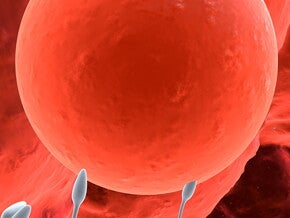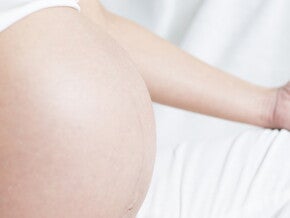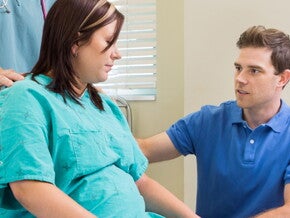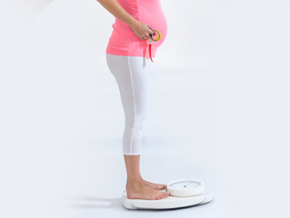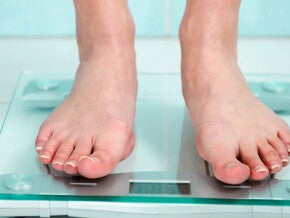
Diagnostic tests
Diagnostic ultrasound
The most important scans are performed at 12 weeks and 16 weeks. These early scans often prove the most accurate in determining the date of birth.
The ultrasound uses sound waves, is non-invasive and used extensively in diagnosing particular abnormalities in the baby, as well as the placenta and cord. It has been in use for over 30 years with no evidence that it is harmful. Ultrasound can be used as a simple screening test or for a more in-depth diagnostic test.
The ultrasound scan is used as a diagnostic tool to:
- detect reproductive diseases.
- identify abnormalities, if any, in the way your baby is developing.
- locate the position of the placenta.
- confirm the presence of twins or triplets.
- estimate the gestational age and due date.
There are times when exposure to ultrasound provides valuable information that will clearly improve the outcome of your pregnancy. Examples include when amniocentesis is planned or when placenta praevia (where the placenta lies over the cervix) is suspected if a woman has been bleeding during her pregnancy.
Chorionic Villous Sampling (CVS)
After the tenth week, using ultrasound as a guide, a thin tube is passed gently through the cervix, or a needle through the abdomen, to extract placental cells. Some congenital abnormalities can be determined, but the risk of causing a miscarriage is greater than for amniocentesis.
Amniocentesis

The test is performed at or after 16 weeks and is recommended for women over 35–37 years old, who run a higher risk of carrying a foetus with Down’s Syndrome or other congenital abnormalities. A sample of amniotic fluid is extracted from the uterus by inserting a needle through the abdominal wall. The cells are cultured and analysed to exclude a variety of congenital abnormalities. The sex of the baby can also be determined. The risk of miscarriage caused by amniocentesis is one in 200.
Amniocentesis is used most often to detect chromosome disorders, with Down’s Syndrome being the most common. Amniocentesis can detect most cases of spina bifida, which is a disorder where the spine does not form properly.
Other genetic disorders can also be detected, but the laboratory will have to be informed about the history of other genetic problems so that additional tests can be carried out.
The test results for Down’s Syndrome take about two weeks, as the cells have to be ‘grown’ in a laboratory, whereas those for spina bifida (A disorder where the spine does not form properly.) take about two days. The results will be sent to your doctor. Depending on the outcome, your doctor will contact you with the results and, if necessary, you will be offered the opportunity to speak to a genetic counsellor.

